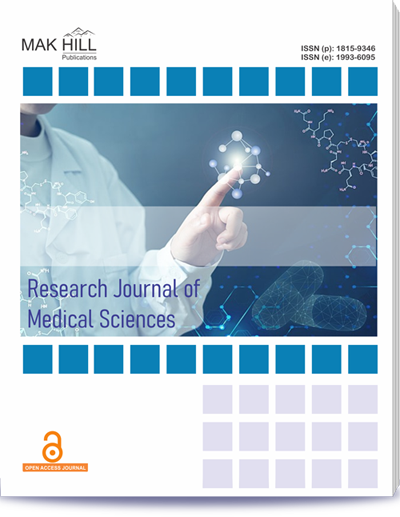
Research Journal of Medical Sciences
ISSN: Online 1993-6095ISSN: Print 1815-9346
Abstract
It is well recognised that insects' gut microbiomes greatly influence physiological aspects of their survival, such as diet, behaviour and health. Spiders are one of the primary insect predators in nature, yet much is known about their gut microbiomes. To learn more about the hostbacterial connection, it is essential to examine the gut microbiomes of spiders that inhabit the wild. Here, we examine the composition and diversity of the gut bacterial, based on 16S rRNA gene sequencing, we examined the composition and diversity of gut bacteria in Peucetia viridana. The abundance of bacterial microbiota was demonstrated by the results (p<0.05). Our findings suggest that a significant role in determining the gut bacterial community in Peucetia viridanaspiders, although the noticeable changes in bacterial composition are mostly caused by their various dietary and physiological needs. The 40 bacterial classes, 156 family members and 251 genera were identified by analysis as being present in the stomach. Acinetobacter, Pseudomonas, Clostridium, Acetobacter, Lactobacillus, Exiguobacterium, Lactococcus, Massilia, Flavobacterium and Stenotrophomonas are among the genus‐level organisms. The family Oxyopidae has significant richness and variety, according to a comparison between and within subfamilies based on diversity indices (alpha and beta diversity).
How to cite this article:
Rebecca Vinolia and A. Mary Agnes. Diversity of Bacterial Community in the Gut of Spider – Peucetia viridana.
DOI: https://doi.org/10.36478/10.59218/makrjms.2023.12.45.54
URL: https://www.makhillpublications.co/view-article/1815-9346/10.59218/makrjms.2023.12.45.54